
Robotic Assay for Drought (RoAD): An automated phenotyping system for brassinosteroid and drought response (bioRxiv)
Plant Science Research Weekly
Developing drought tolerant plants is an important challenge in agriculture. Drought responses and plant growth are regulated by several signaling pathways, one of which is activated by brassinosteroids (BRs), a group of plant steroid hormones. In order to better understand the crosstalk…
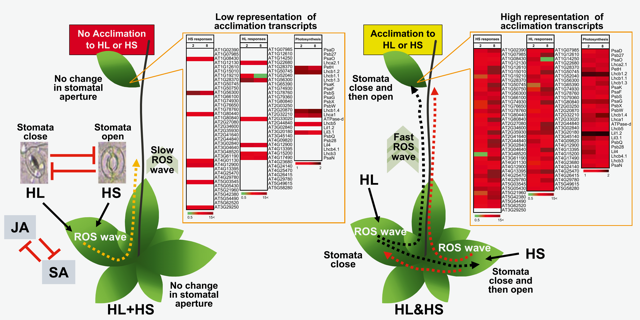
Systemic signaling during abiotic stress combination in plants (PNAS)
Plant Science Research WeeklyIn nature, plants face multiple environmental stresses simultaneously. Plant responses to combined stresses are often not merely the sum of responses to individual stresses; in the tissue that initially perceive stresses (local tissue), plants can integrate different stress signals to elicit unique responses.…
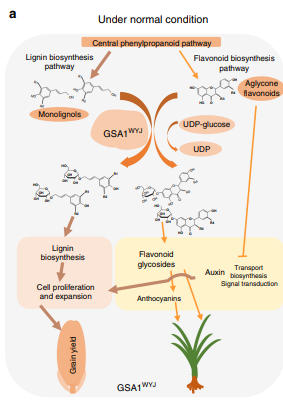
UDP-glucosyltransferase regulates grain size and abiotic stress tolerance associated with metabolic flux redirection in rice (Nature Comms.)
Plant Science Research WeeklyClimate change severely affects plant growth and jeopardizes yields of essential seed crops such as rice. Still, the mechanisms underlying the synergistic regulation of abiotic stress response and important agronomic traits remain poorly understood. Dong et al. cloned and characterized a major QTL in…
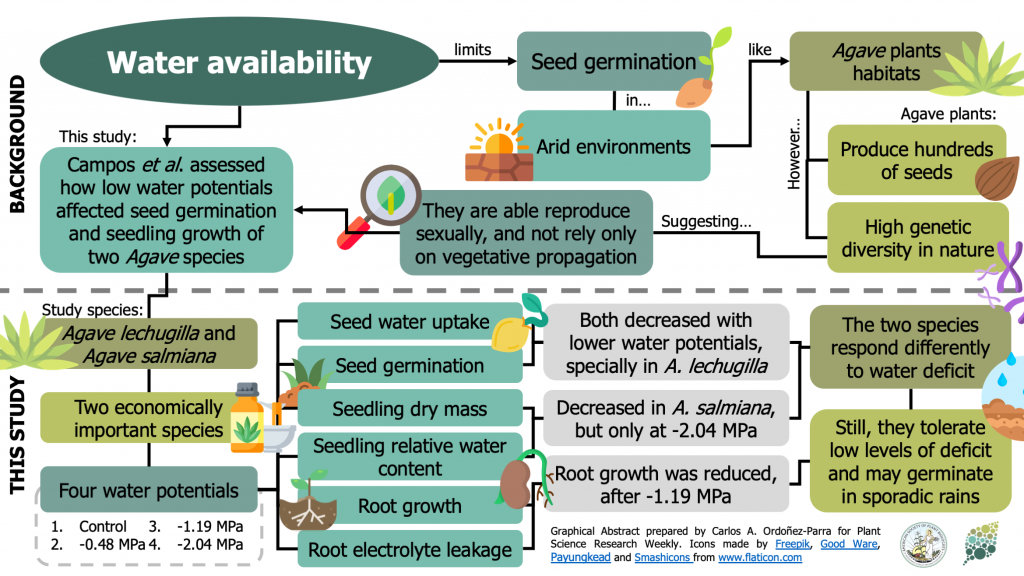
Water availability effects on germination, membrane stability and initial root growth of Agave lechuguilla and A. salmiana (Flora)
Plant Science Research WeeklyLow water availability limits seed germination in arid environments, such as the ones that Agave plants inhabit. As a result, vegetative propagation has been considered their most effective and successful method of reproduction. However, agaves produce several hundreds of seeds, and their natural populations…

ARGONAUTE2 enhances grain length and salt tolerance by activating BIG GRAIN3 to modulate cytokinin distribution in rice (Plant Cell)
Plant Science Research WeeklyIs it possible to simultaneously increase two incompatible features like grain yield and stress tolerance? Yin et al. suggest that optimizing cytokinin distribution in plant tissues is a promising strategy for that. ARGONAUTE2 (AGO2) and BIG GRAIN3 (BG3) genes work together promoting at the same time…
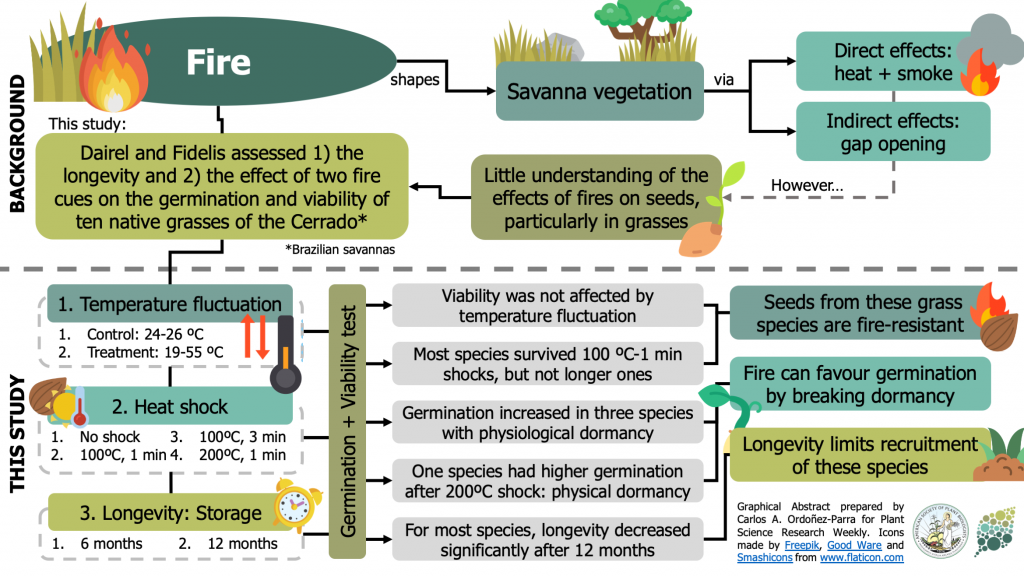
How does fire affect germination of grasses in the Cerrado? ($) (Seed Sci. Research)
Plant Science Research WeeklyFire shapes tropical savannas through direct (i.e., heat and smoke) and indirect (i.e., opening gaps) effects on the vegetation. However, its effects on seeds from neotropical grasses have seldom been addressed. In this paper, Dariel and Fidelis assessed the longevity and the impact of fluctuating temperatures…

Review: Evo-physio: on stress responses and the earliest land plants (J. Exp. Bot.)
Plant Science Research WeeklyStreptophytes are a grade of mostly freshwater algae that transitioned into land, a singularity that in turn gave rise to all present terrestrial flora. This passage along the hydrological gradient that culminated in land habitation required key adaptations to overcome previously unencountered terrestrial…
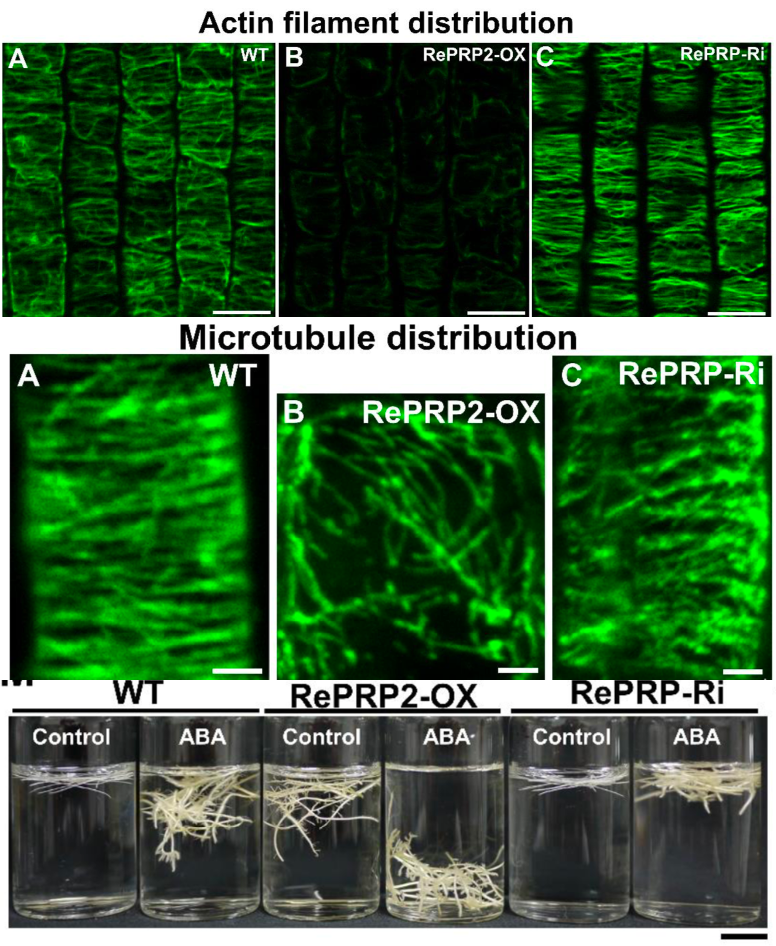
“Order by disorder”- intrinsically disordered proteins (Plant Physiol.)
Plant Science Research WeeklyIntrinsically disordered proteins (IDP) have repetitive protein sequences but lack a defined 3D structure and are deployed to do some challenging functions that a protein with a defined 3D structure cannot perform. One such IDP, Oryza sativa REPETITIVE PROLINE-RICH PROTEIN (OsRePRP) is involved in inhibiting…
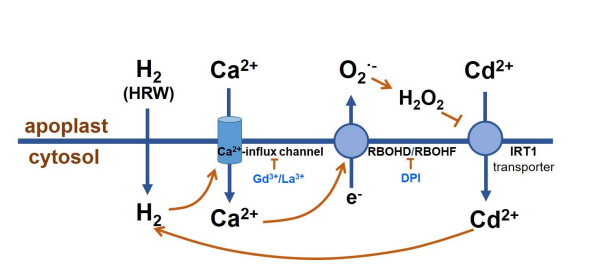
Hydrogen mediates tolerance to cadmium-induced root toxicity (Plant Physiol.)
Plant Science Research WeeklyHeavy metals are a potential threat to human health, especially in areas with high industrial activity where the metals leach in the soil to contaminate underground water. These metals are a threat to plants too, resulting in stunted growth and their eventual death. Wu et al. carried out a mechanistic…

